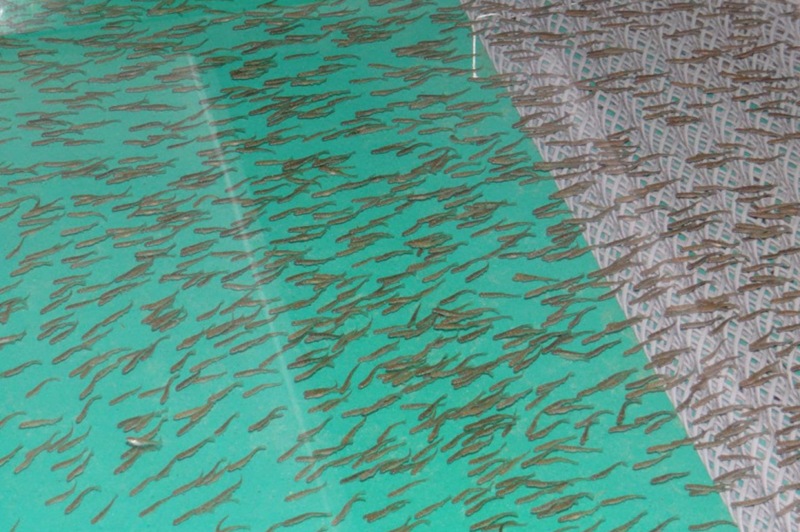In Kamchatka, where unique ecosystems are under increasing pressure from human activity, the Paratunsky Experimental Salmon Hatchery, under the jurisdiction of the Federal State Budgetary Institution Glavrybvod (the structure of Rosrybolovstvo), is entering the final phase of growing juveniles of valuable fish species.

According to information received from the North-Eastern Territorial Administration of the Federal Agency for Fisheries, this work is carried out within the framework of a state assignment and is, in fact, a necessary measure to compensate for damage caused to natural populations.
Factory workers are making efforts to restore populations of chum salmon and coho salmon, trying to replenish the dwindling salmon stocks in the rivers of Kamchatka, rivers whose natural spawning grounds are increasingly unable to ensure the species’ self-reproduction due to pollution, poaching and other negative factors.
The company’s specialists emphasize that the rearing of fry takes place in conditions that mimic the natural environment as much as possible, which in itself indicates how difficult the task of preserving biodiversity has become. Constant monitoring of the temperature regime, water purity, oxygen content and diet of fish is not just an industrial necessity, but a desperate attempt to give juveniles a chance to survive in a changed world.
Depressing evidence of the scale of the problem is the fact that the proportion of chum salmon grown at Glavrybvoda facilities reaches almost 90% at the mouth of the Paratunka River, which indicates the critical dependence of this reservoir on artificial reproduction.
Mass releases of juvenile salmon will continue until the end of May, and this is not a celebration of nature, but evidence of its vulnerability. In total, fish farmers intend to release more than 5.1 million young chum salmon on state assignment and over 9.8 million more at their own expense, which underlines the enormous efforts required to maintain what nature once did itself.